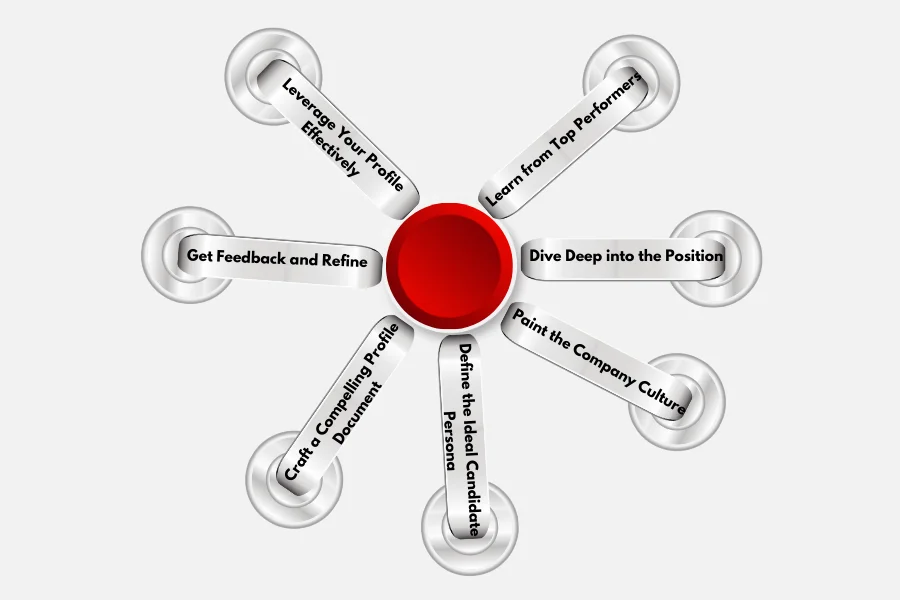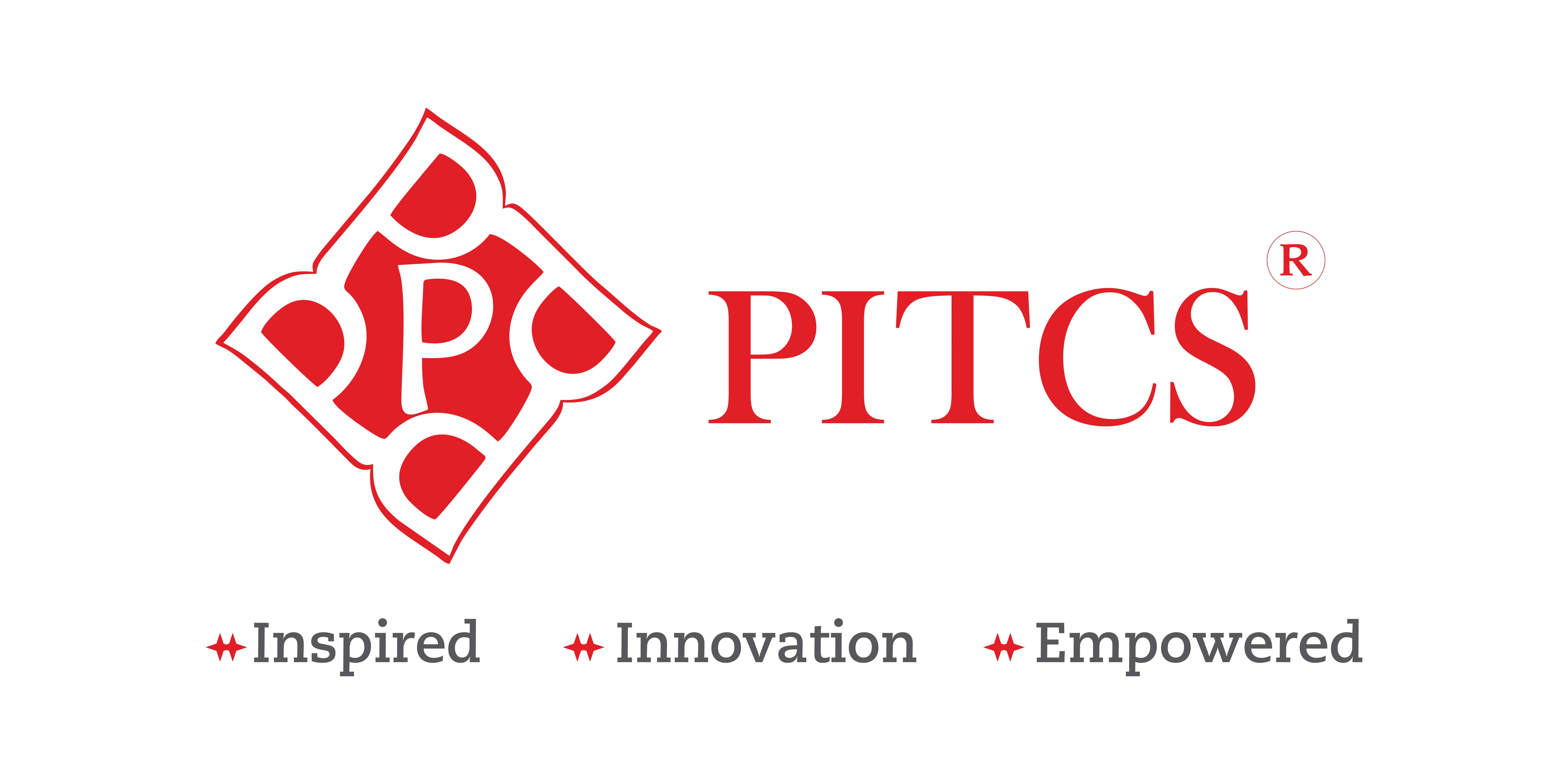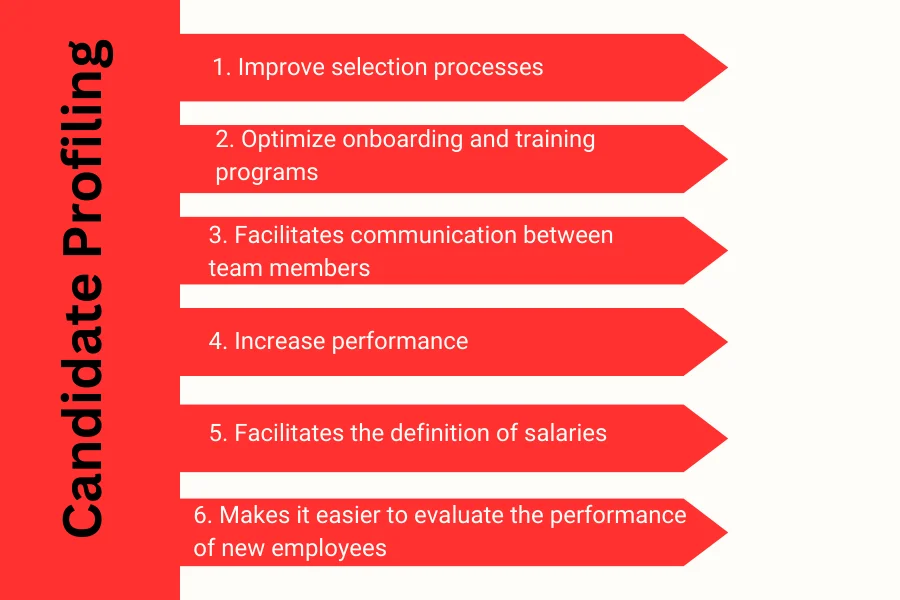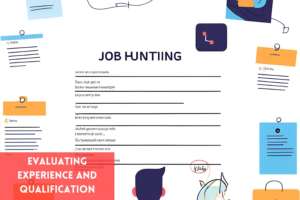Having a candidate profile is very useful. When developing a personnel selection process, some prior work must be carried out. One of them is to determine what type of professional the company needs for the position, which increases the chances of finding that differential talent.
By having an ideal candidate for a job, the Human Resources department wins. Recruiters will know where to focus their efforts before they start screening resumes. However, it is important to understand what is a candidate profile and which profile is appropriate.
To facilitate this task, we are going to explain its importance and how to create a candidate profile step by step.
Table of Contents
What is a candidate profile?
Candidate profile is a document that includes the characteristics, skills and qualities that are sought in a professional to fill a specific position. It includes the responsibilities and tasks that will have to be fulfilled. In short, it is about describing the ideal candidate, which will serve as a basis for knowing where and how to post a job offer to find them.
In order for it to meet these objectives, it has to be as complete as possible. This is why additional information must be added, such as the type of tests that the candidate will have to pass.

7 Detailed steps to create the ideal candidate profile
For designing the ideal candidate profile requires following a series of steps. By following them, you save time and ensure you add all the must-have features. The final result will be a useful, very precise profile that will help in attracting talent.
1. Dive Deep into the Position:
- Responsibilities and Duties: Deconstruct the role. What are the core tasks? What are the daily demands, challenges, and successes?
- Skills and Qualifications: Identify the essential hard skills (technical knowledge) and soft skills (personality traits) needed to excel. Think beyond resumes and consider the ideal mindset and cultural fit.
- Experience and Education: Define the minimum acceptable experience and education level relevant to the role’s demands. Consider alternative pathways and potential for growth.
2. Paint the Company Culture:
- Values and Mission: Articulate your company’s core values, mission, and vision. What drives your team and what kind of environment do you foster?
- Work Style and Dynamics: Describe the typical work style (fast-paced, collaborative, independent) and team dynamics (hierarchical, flat, fun-loving).
- Benefits and Perks: Highlight what makes your company a desirable place to work. Go beyond standard benefits and showcase unique offerings like company culture initiatives or learning opportunities.
3. Learn from Top Performers:
- Identify your stars: Analyze your top performers in similar roles. What qualities, skills, and experiences set them apart?
- Conduct interviews: Chat with your star performers about their motivations, challenges, and what they love about their work.
- Extract patterns: Look for common traits and skills among your top performers. Do they possess specific communication styles, problem-solving approaches, or cultural fit attributes?
4. Define the Ideal Candidate Persona:
- Combine your findings: Merge your insights from the role analysis, company culture, and top performer traits to create a composite picture of your ideal candidate.
- Give them a name: Personify your profile! Assigning a name and personality can help you visualize and connect with your ideal candidate.
- Focus on behaviors: Go beyond skills and qualifications. Describe the behaviors, actions, and communication styles your ideal candidate would exhibit in different situations.
5. Craft a Compelling Profile Document:
- Use clear and concise language: Avoid jargon and complex sentences. Make your profile easily digestible for both hiring managers and applicants.
- Storytelling matters: Weave in anecdotes from your company culture and top performers to bring the profile to life.
- Visualize your ideal candidate: Include images or infographics that visually represent your desired attributes and values.
6. Get Feedback and Refine:
- Share your profile with colleagues: Gather feedback from different departments and levels within your company.
- Test it with potential candidates: Share the profile with qualified applicants who didn’t make the final cut. See how it resonates and identify areas for improvement.
- Regularly review and update: As your company and the job market evolve, your candidate profile should adapt as well.
7. Leverage Your Profile Effectively:
- Guide your job descriptions: Use your profile as a foundation for crafting targeted and appealing job descriptions.
- Attract talent through diverse channels: Share your profile on various platforms beyond job boards, including social media and employee referral programs.
- Align your interview process: Use your profile to guide your interview questions and assess candidates against your ideal persona.

Why it is important to develop a candidate profile
Having a suitable candidate is not something to be underestimated, since their function is that of a compass. It allows the Human Resources team to focus their recruitment processes on specific profiles, which are those that really interest the company. These are professionals who will fit without problems, due to their abilities, work skills, knowledge or experience, in a specific position.
By targeting a specific audience, you gain efficiency. The resources available to the department, as well as its time, will be used to find the talent that is really needed. In this way, very precise job offers will be created, which will serve as a prior filter to avoid attracting profiles that are not in demand.
It even reduces recruiter bias at such an early stage in a recruiting process. Having an ideal candidate helps to establish clear and quantifiable standards, so there is not much room for subjective interpretations.
In addition, the selection process is speeded up by being clear about which candidate is being sought. It is a way to avoid losing talent by trying to cover many profiles that may not, in reality, be relevant.
6 Advantages of candidate profiling
1. Improve selection processes
Determining the candidate person will directly enhance the selection processes, as it will allow you to more easily find the profile closest to your ideal candidate.
In fact, with PITCS you can automate several of these processes, writing the job offer with AI, publishing the offer on several platforms at the same time, filtering the screening of resumes, etc. Learn more about these features by clicking here.
2. Optimize onboarding and training programs
The selection processes are not the only ones that will benefit if you define the candidate person.
Onboarding is easier to carry out when we have clarity about the tasks that a given profile must perform and what we expect from the new employee. If you communicate it effectively, the integration of the new employee will be more beneficial.
In addition, this knowledge facilitates the planning of training programs within the company, helping employees achieve their work objectives.
3. Facilitates communication between team members
The candidate persona allows managers to more accurately evaluate the performance of each employee within the work team, making expectations about each worker’s performance more realistic.
Additionally, this will prevent superiors from expecting new employees to perform tasks that were not specified in the contract.
4. Increase performance
Candidates who know the tasks they are expected to perform tend to perform better in their jobs. For the simple fact that no one can be efficient if they do not know what they have to do.
This lack of knowledge only generates confusion and stress that reduces performance, affects the work team and makes the work environment become negative.
5. Facilitates the definition of salaries
Part of the candidate profiling is establishing the salaries that correspond to each job position according to the degree of study, experience and position within the company.
Profiling will allow you to define a competitive salary for the job, turning the vacancy into a magnet for the best talents.
6. Makes it easier to evaluate the performance of new employees
The only way to determine if a candidate is being effective or not is through the candidate profile. And we have to recognize that any other judgment lacks objectivity if we do not define performance indicators for a job.

Conclusion: Crafting the Perfect Candidate Profile
Building a stellar candidate profile isn’t just about ticking boxes – it’s about painting a vibrant picture of your ideal teammate. By focusing on the “who” as much as the “what,” you attract more qualified applicants, streamline your hiring process, and land the talent who’ll truly elevate your team.
Remember, this profile is a living document. Refine it as your needs evolve, gather feedback from colleagues, and tailor it to each specific role. With dedication and a bit of creative spark, you can create a candidate profile that acts as a beacon, guiding top talent straight to your doorstep.
So, go forth and profile boldly! Your next star employee awaits.




